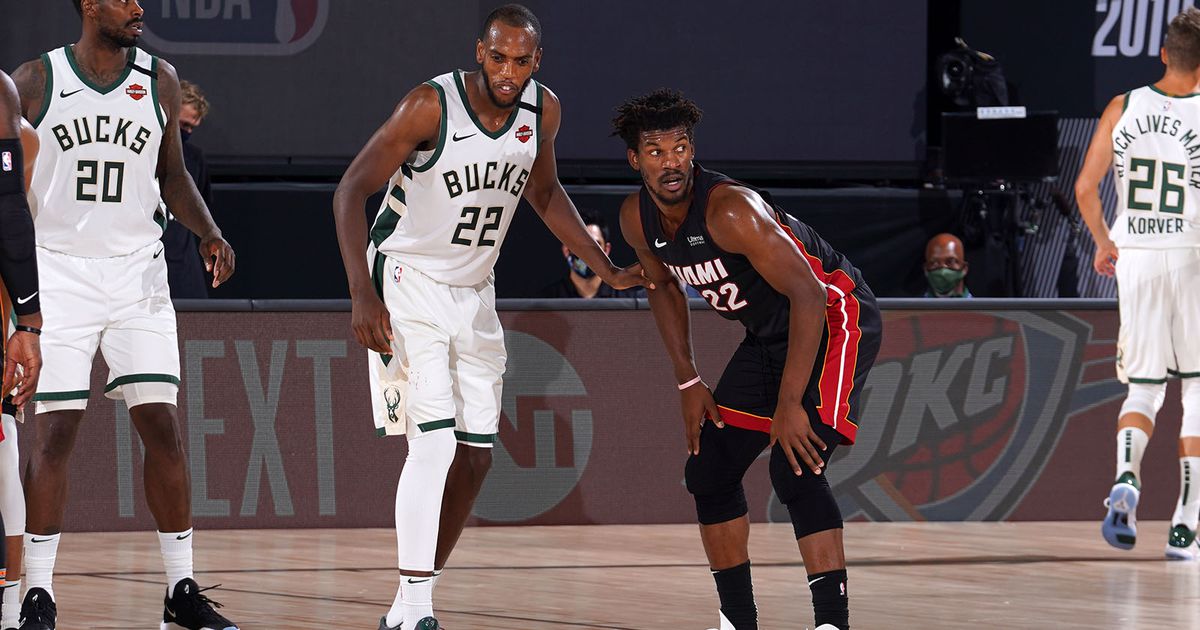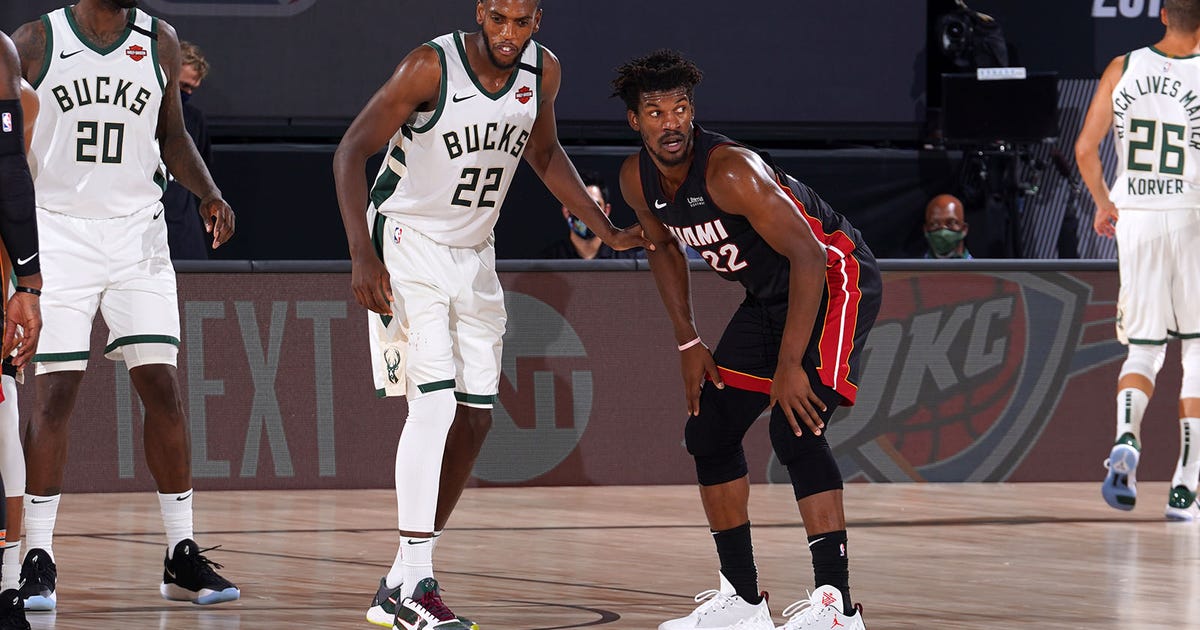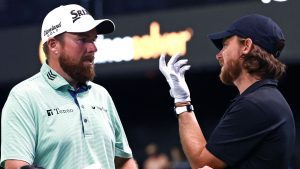5 things learned from Bucks-Heat Game 1


Milwaukee lost this game on the inside
The Bucks have dominated in the paint on both ends of the court this season. In Game 1, they were dominated by Miami. The Heat scored 42 points in the paint in Game 1 and overall made 50.9% of their 2-point attempts. Meanwhile, the Bucks had just 24 points in the paint — their season low (previous worst: 28). While 3-point shooting and tight defense contribute to Milwaukee’s success, the Bucks are now 1-4 this season when producing 30 or fewer points in the paint. The Bucks became too 3-point reliant, especially after the first quarter. Perhaps hitting 6 of 9 from deep in the opening salvo twisted their strategy. But the Bucks score 40 points in the first quarter and 64 the rest of the game. In the second half, Milwaukee made just 7 of 19 (36.8%) 2-point attempts, making the same amount of 3s in one fewer attempt.
Free throws aren’t always free
Another key statistic in Game 1 was points from the line. Both of these teams draw fouls — Miami was fourth in the NBA in free-throw attempts per game (25.2) during the regular season while Milwaukee was sixth (24.7). The Heat, though, shot better from the line (78.3% compared to 74.2%). That played out in Game 1 as Miami made an incredible 25 of 27 (92.6%) from the charity stripe while Milwaukee posted an ugly 14 of 26 (53.8%). You can’t count on the Bucks going to the line more, but one figures — and hopes — those percentages will even out.
Maybe the rotation needs tweaking
Head coach Mike Budenholzer actually shortened the bench in Game 1 — part of which had to due with the absence of Eric Bledsoe — basically playing nine, with Frank Mason, the 10th, seeing just under two minutes of action. Budenholzer again preferred a smaller lineup for the most part, with all guards coming off the bench with the exception of Marvin Williams, who played 21 minutes. Big men Ersan Ilyasova and Robin Lopez didn’t play a single second (see inside play above as to why maybe they should get on the court). Khris Middleton played 37 minutes — he hadn’t played more than 33 1/2 in any first-round game and it was his most in any game since Feb. 24. Giannis Antetokounmpo played 36 1/2 minutes — his most since Nov. 25! George Hill, getting extended work with Bledsoe out, topped 30 minutes (36:19) for the first time since opening night back in October. Milwaukee’s depth is a big asset. Maybe it still will be. But the Bucks didn’t use it to effectively in Game 1. (Meanwhile, Miami played just nine in the game, eight at 26+ minutes. Maybe that effects them in a long series.)
More Bucks coverage
The Heat continue to flummox Giannis
In our things learned from Game 5 of the Orlando series, we noted how Miami has done a good job against Giannis Antetokounmpo in the three previous meetings. That bore fruit once again in Game 1. Antetokounmpo took just 12 shots in the game — despite playing all those minutes. The previous low shot total for Giannis in a game in which he played 30+ minutes was 13 against Boston on Oct. 30 (34:38 minutes) — and the Bucks lost that contest, too. The Heat clearly got to Antetokounmpo, who made just 4 of 12 free-throw attempts and turned the ball over six times — and knowing him he’ll come out with a vengeance in Game 2. On the good side of things, he nearly had a triple-double (18 points, 10 rebounds, nine assists) and did knock down 2 of 5 3-point attempts. But clearly Milwaukee needs much more out of its superstar.
Butler & Dragic stole the show
Jimmy Butler quite simply played out of his mind. He made 13 of 20 shots — hitting jumpers, including both of his 3-point attempts — and making 12 of 13 free-throw attempts. Butler simply took his game to another level in scoring a career playoff-high 40 points. Goran Dragic also was on fire, topping 20 points for the fifth straight game, with 27, as he made 9 of 15 shots (2 of 5 from 3) and hit all of his seven attempts from the charity stripe. Butler and Dragic combined for 67 points. The rest of the Heat had 48 points and shot 34.7% from the field. Limiting these two might be easier said than done, of course, but expect Milwaukee’s defense to concentrate on that pair in Game 2.







